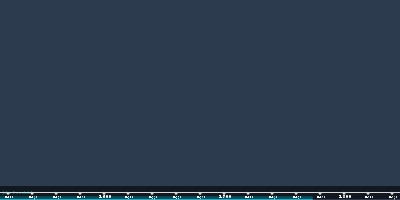The Modern Era (jan 1, 1900 – 7h 37min, oct 16, 2025 y)
Description:
Genres, tonalities, scorings, and notations of previous eras couldn’t satisfy creative needs because they were too confining, so composers found innovative ways to notate, add unique colors, and avoid functional tonality.New creative genres were formed including staged productions that incorporated dance, and vocal chamber music scored for a large ensemble of soloists.
Dodecaphonic technique, pandiatonicism, bitonality, atonality, and divisions of the chromatic scale into smaller units than half steps were all included
Numerous percussion instruments added, electronic sounds and instruments, and new notations that included a wide range of symbols to indicate performance techniques
There were also passages of indeterminate rhythm within traditionally metered music.
The long and short of it is, all confining principals were thrown out the window and composers were free to do more or less whatever they wanted to express themselves.
A large interest in folk music around the world inspired a comeback of traditional genres of music.
GENRES:
Many modern-era composers have been committed to revitalization of traditional genres and restoration of older styles as older music is more easily published.
Among these include :
neo-Medieval masses
neo-Renaissance masses
neo-Renaissance chansons
neo-Renaissance madrigals
neo-Baroque cantatas and Passions
neo-classical Psalm settings
neo-Romantic oratorios
neo-Romantic part songs
Traditional folk songs were also of interest to composers
Remaining genres:
Oratorios
symphonies
cantatas
odes
anthems
anglican services (hymns)
opera
anthems
motets
New genres:
Stage productions incorporating dance
Vocal chamber music featuring many soloists
Added to timeline:
Date:
jan 1, 1900
7h 37min, oct 16, 2025 y
~ 125 years
